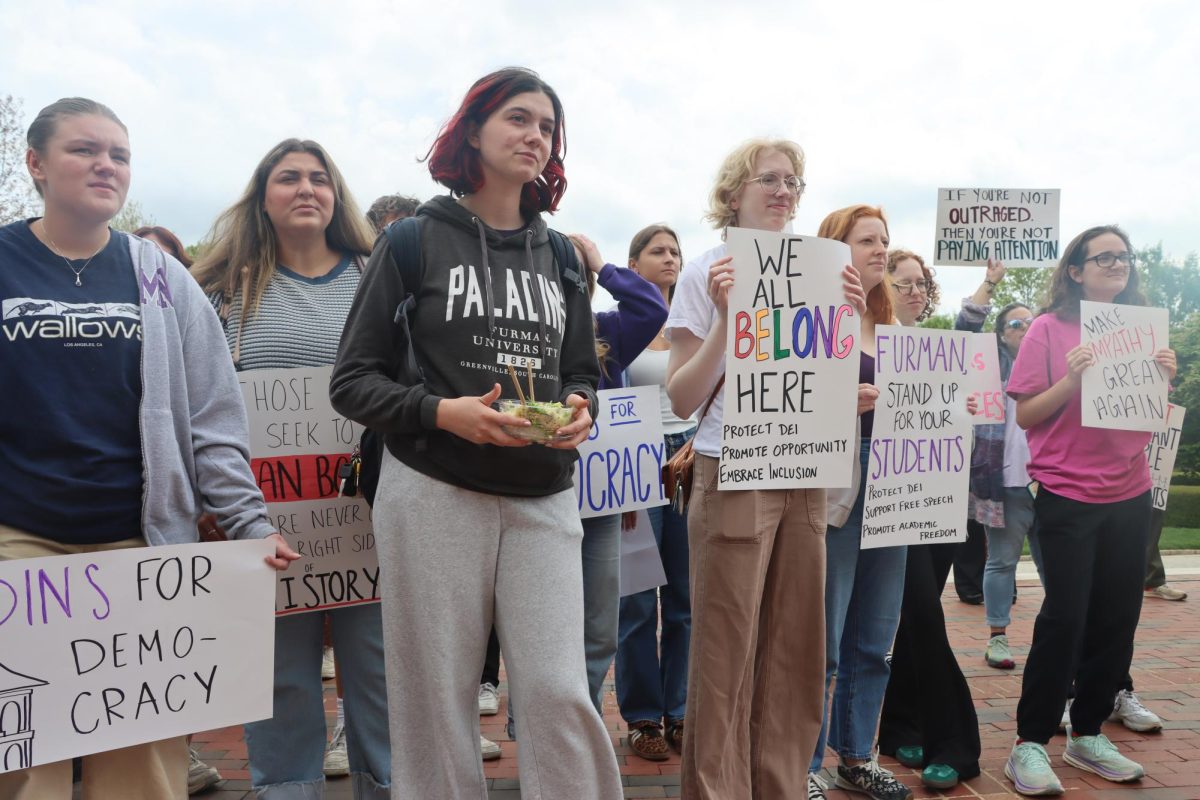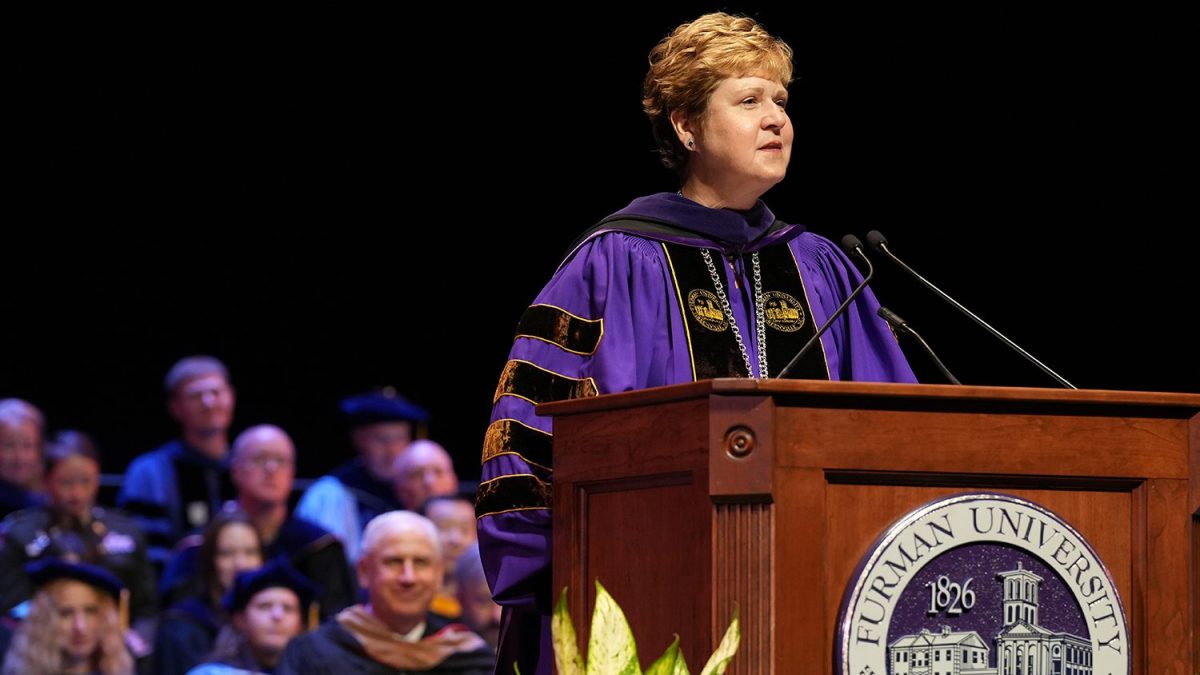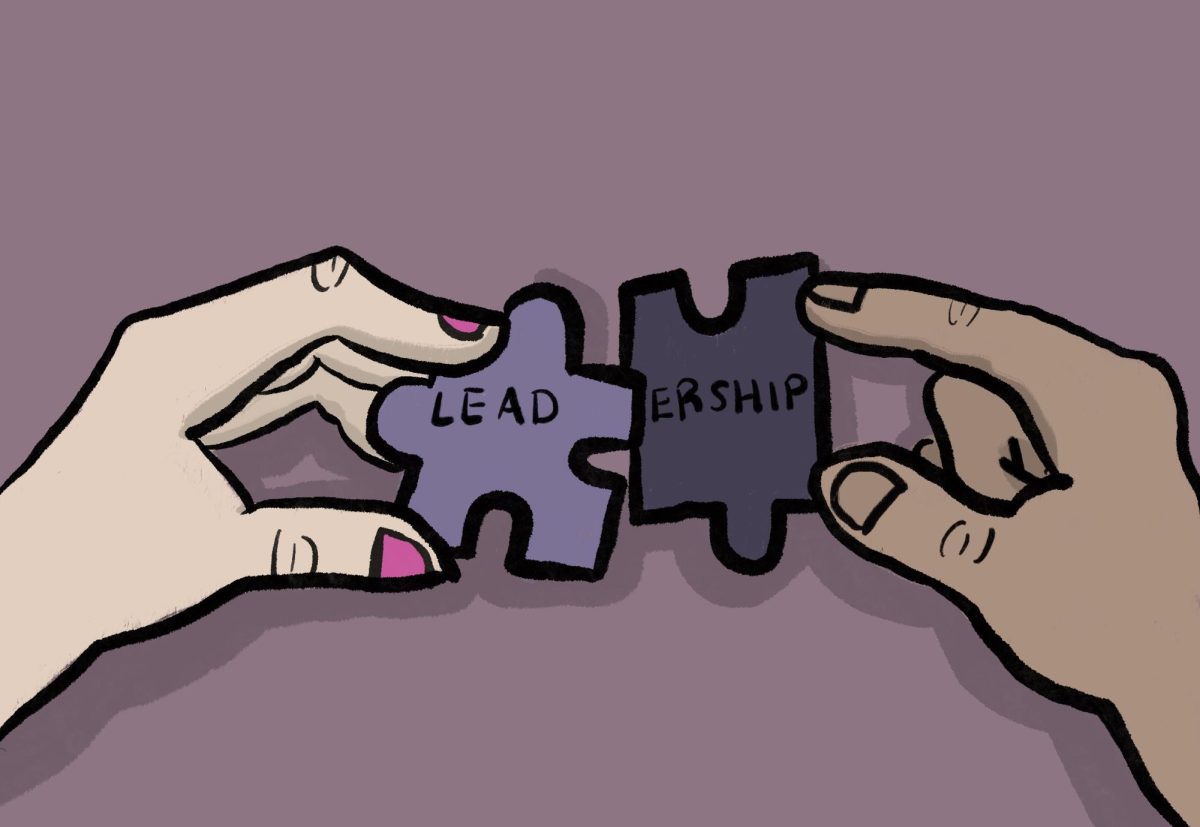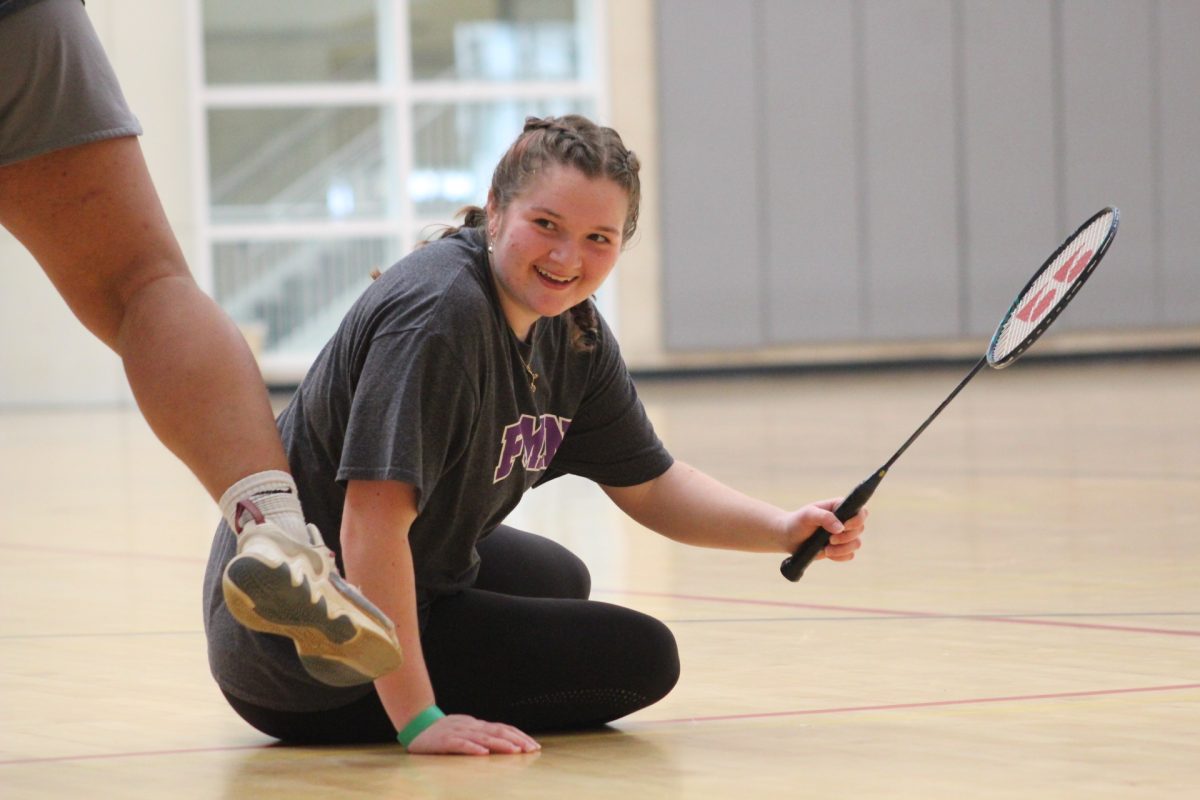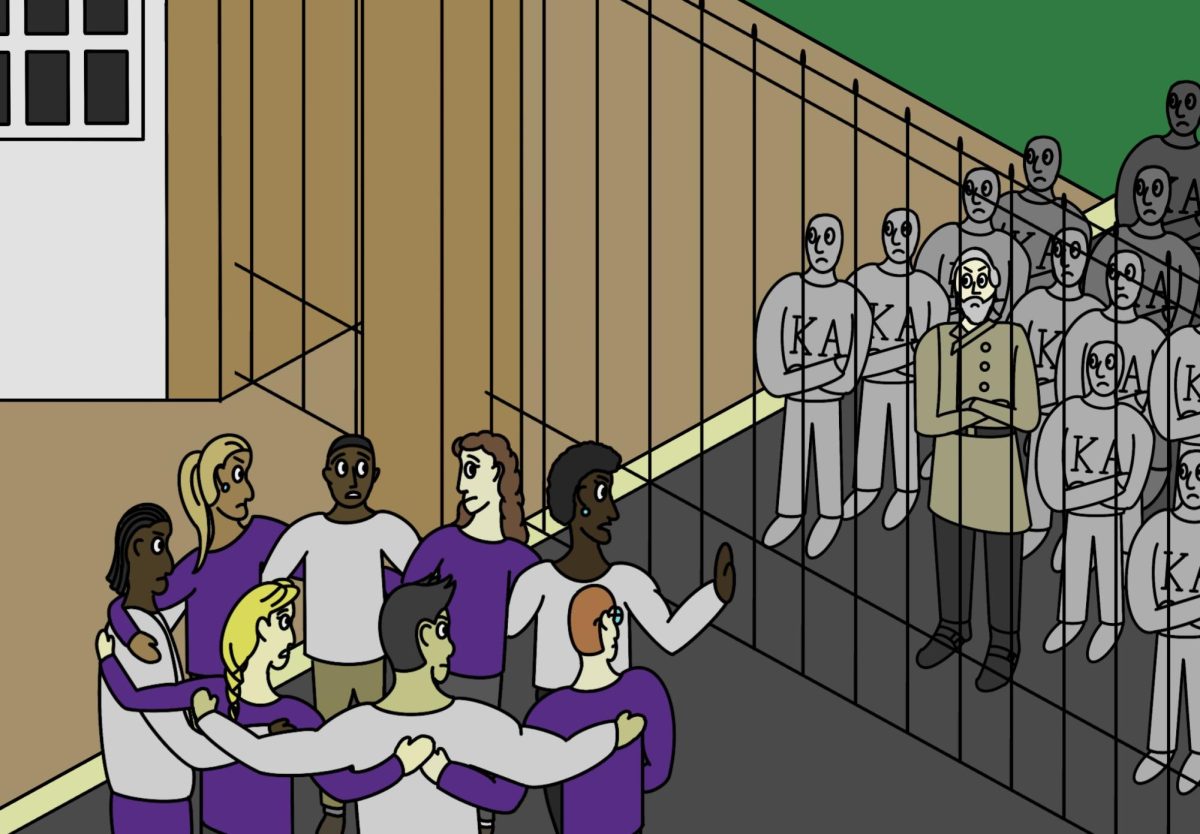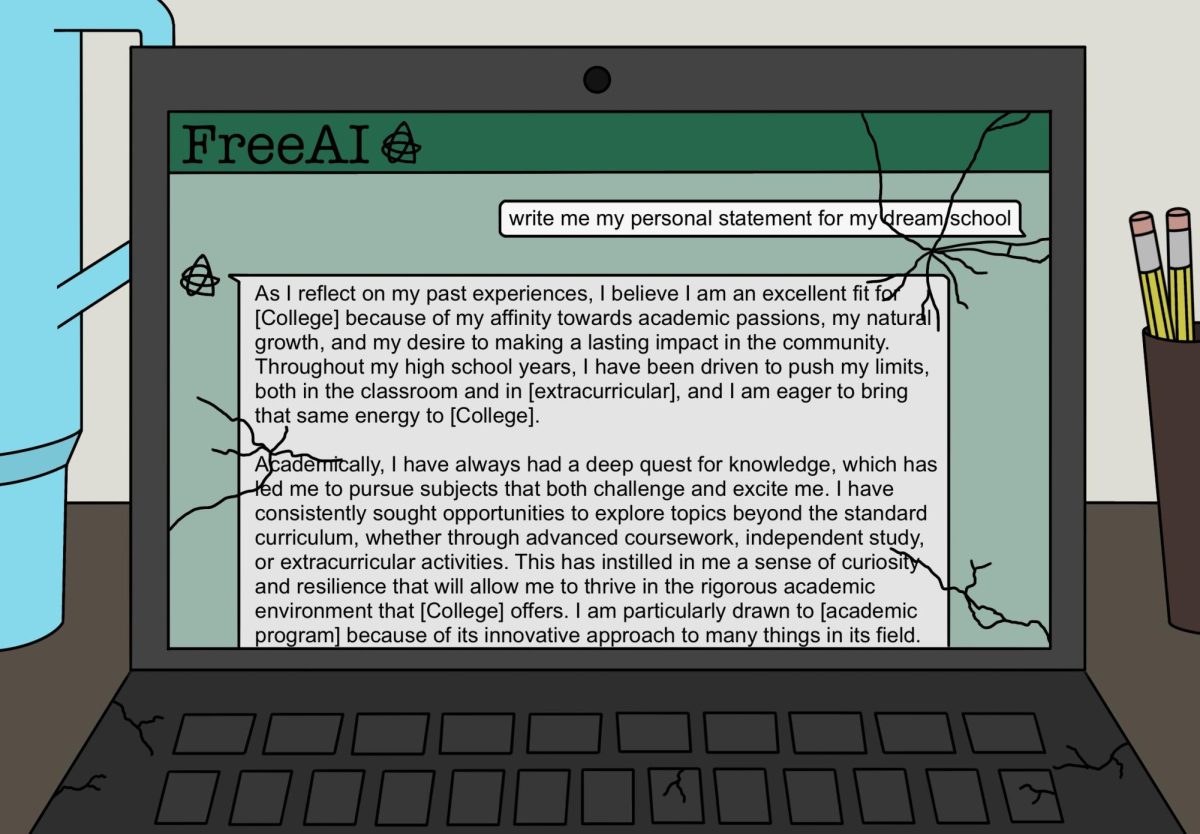I buried a man this summer. Not a friend, not a relative, but a man convicted of rape and murder and executed by the state of Georgia. I never met him, but somehow in the sweat that drenched my shirt, the ache of my back, and the blisters on my hands I knew we were closer kin than I had thought.
Roy Blankenship was executed for the 1978 rape and murder of a 78-year-old woman, Sarah Mims Bowen. His death sentence was delayed twice through the appeals process, and he received a final stay of execution in February when the court ordered DNA testing.
Although the results of the DNA testing did not seem entirely conclusive, an execution date was set. Roy Blankenship was the first person executed with a drug the state had never used on a human before, and his jerking and grimacing during the execution proceedings indicated that the experiment was botched. An anesthesiologist confirmed that Blankenship died with acute suffering.
I became involved with Blankenship’s case because I was living and working at Jubilee Partners, a Christian service community about half an hour from Athens, Georgia. Jubilee Partners’ primary ministry is hosting newly arrived refugees, but the community also advocates against the death penalty. They make the cemetery on their property available for death row inmates who want dignity of a gravesite but lack the money for a decent burial. And Roy Blankenship asked us to bury him.
So the night of the execution, I stood vigil on a sidewalk with about 25 others, watching the clock across the street tick away the last minutes of Roy Blankenship’s life. I thought about the odd symmetry that bound Sarah Mims Bowen and Roy Blankenship together—lives cut short by violence. My stomach twisted, sharing the fear Roy Blankenship must have felt in those last minutes.
Two days later, Roy Blankenship’s casket arrived at Jubilee Partners. Six of my friends volunteered to carry the casket through our farm in the funeral procession. The grave had been dug, specially prepared, while Roy Blankenship’s heart was still beating.
At the gravesite, we sang “Amazing Grace.” We prayed for Roy Blankenship and the ruptured lives connected to his and to his alleged victim. I found myself crying for a man I had never even seen before, for a life that had come to be defined by an act of unspeakable evil.
My friends lowered the casket into the grave, and then our hard work of burying began. As each shovelful of red dirt hit the coffin, the “thud” drilled home the finality of the event: Roy Blankenship was truly dead, just like Sarah Mims Bowen was truly dead. The world seemed pretty ugly.
I have been learning more about the ways the death penalty fails to measure up to the expectations proponents have of it. For one thing, 88% of criminologists surveyed from the top criminological societies deny the death penalty deters murder. Application of the death penalty is disturbingly arbitrary, with decided racial overtones: Prosecutors are 3.5 times more likely to win the death penalty in qualifying cases where the victim is white. And nobody believes that executing innocent people is right, but the high number of exonerations (over 130 since 1973) suggests that we have probably executed more than a handful of innocent people accidentally.
But beyond those realities, I wish I could have brought you to the grave site with me. I wish you could have looked down to the casket, swallowed in the tide of dirt carrying Roy Blankenship to a land we have never seen. I wish you could have experienced, up close and personal, what it really means when the state kills in our names.
I think you would discover, like I did, that you were burying a human being, not a monster. There is no doubt that many—perhaps even most—death row inmates have performed monstrous crimes. And so we push them to the outer orbits of our imagination, where we can forget the uncomfortable truth that we are tied to them in our shared humanity. When we forget about those ties, we easily allow and even support legal homicide (the technical phrase for state-sponsored killing).
I walked home from the gravesite with blisters on my hands and an aching back—visceral reminders that we are all wounded by a world where the perceived best solution to violence is more violence.
Does yet another act of violence really have to be the end of the story? Isn’t love—mercy, hope, redemption—greater than that?



